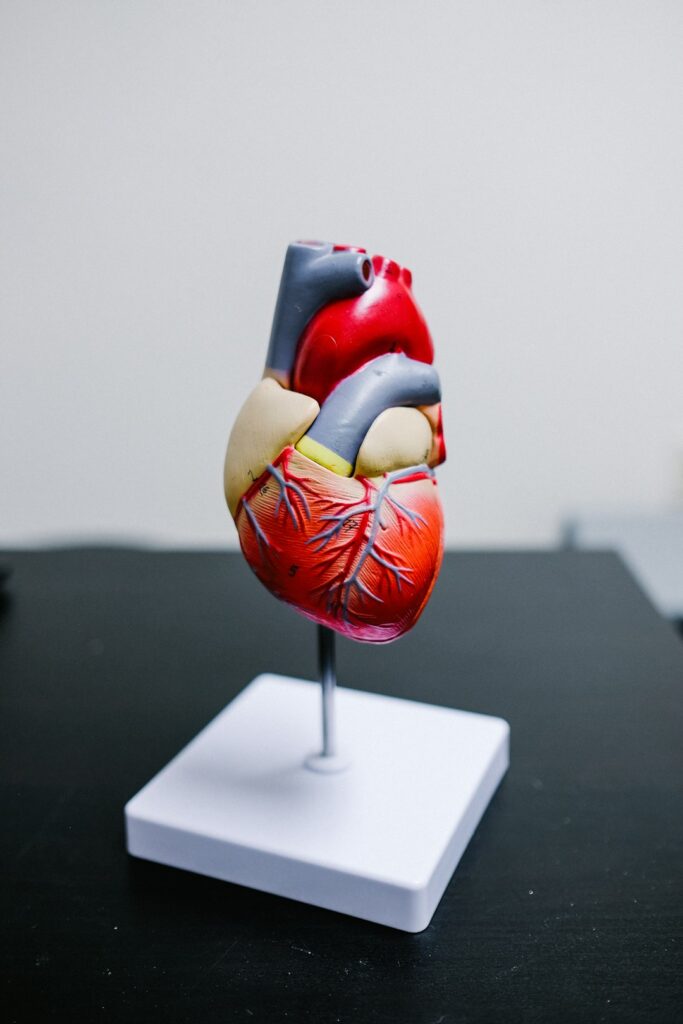Can Electroacupuncture Lower High Cholesterol Levels?
 High cholesterol levels are a significant risk factor for cardiovascular disease, a leading cause of morbidity and mortality worldwide. While lifestyle modifications and medications are commonly used to manage cholesterol levels, some individuals may seek alternative therapies to complement conventional treatments. Electroacupuncture, a technique that combines the principles of traditional acupuncture with electrical stimulation, has emerged as a potential adjunctive therapy for reducing cholesterol levels naturally. In this article, we delve into the theory behind electroacupuncture, examine its potential benefits for cholesterol reduction, and explore the scientific evidence supporting its use in promoting cardiovascular health.
High cholesterol levels are a significant risk factor for cardiovascular disease, a leading cause of morbidity and mortality worldwide. While lifestyle modifications and medications are commonly used to manage cholesterol levels, some individuals may seek alternative therapies to complement conventional treatments. Electroacupuncture, a technique that combines the principles of traditional acupuncture with electrical stimulation, has emerged as a potential adjunctive therapy for reducing cholesterol levels naturally. In this article, we delve into the theory behind electroacupuncture, examine its potential benefits for cholesterol reduction, and explore the scientific evidence supporting its use in promoting cardiovascular health.
Understanding Electroacupuncture
Electroacupuncture is a variation of traditional acupuncture, an ancient healing practice rooted in Traditional Chinese Medicine (TCM). Acupuncture involves the insertion of thin needles into specific points on the body known as acupuncture points or acupoints, which are believed to correspond to energy pathways called meridians. In electroacupuncture, a small electric current is applied to the needles to enhance the therapeutic effects of the treatment.
The theory behind electroacupuncture is based on the concept of qi (pronounced “chee”), or vital energy, which flows through the meridians in the body. According to TCM theory, disruptions or imbalances in the flow of qi can lead to health problems, including elevated cholesterol levels. By stimulating specific acupoints related to metabolism, digestion, and circulation, electroacupuncture aims to restore balance to the body and promote overall well-being, including healthy cholesterol levels.
Benefits of Electroacupuncture for Cholesterol Reduction
Electroacupuncture offers several potential benefits for individuals seeking to lower their cholesterol levels and reduce their risk of cardiovascular disease. Some of the key benefits of electroacupuncture for cholesterol reduction include:
- Regulation of Lipid Metabolism: Electroacupuncture has been shown to influence lipid metabolism by modulating the expression of genes and proteins involved in cholesterol synthesis, metabolism, and transport. By promoting the breakdown and excretion of cholesterol from the body, electroacupuncture may help reduce circulating cholesterol levels and improve lipid profiles.
- Enhancement of Blood Circulation: Electroacupuncture can improve blood circulation by dilating blood vessels, increasing blood flow to tissues, and enhancing the delivery of oxygen and nutrients throughout the body. Improved circulation can help remove cholesterol deposits from arterial walls and prevent the formation of atherosclerotic plaques, reducing the risk of heart disease and stroke.
- Stress Reduction: Chronic stress is associated with elevated cholesterol levels and an increased risk of cardiovascular disease. Electroacupuncture has been shown to reduce stress levels by promoting relaxation, balancing the autonomic nervous system, and modulating the release of stress hormones such as cortisol. By alleviating stress, electroacupuncture may help lower cholesterol levels and protect against heart disease.
- Regulation of Hormones: Electroacupuncture can influence hormone levels and signaling pathways involved in cholesterol metabolism and regulation. By modulating the production and activity of hormones such as insulin, leptin, and thyroid hormones, electroacupuncture may help regulate lipid levels and promote cardiovascular health.
Scientific Evidence Supporting Electroacupuncture for Cholesterol Reduction
While research on the effectiveness of electroacupuncture for cholesterol reduction is still evolving, several studies have provided promising results. A systematic review and meta-analysis published in the journal Evidence-Based Complementary and Alternative Medicine in 2018 examined the effects of acupuncture on lipid profiles in patients with dyslipidemia. The review found that acupuncture treatment, including electroacupuncture, was associated with significant reductions in total cholesterol, low-density lipoprotein (LDL) cholesterol, and triglyceride levels, as well as increases in high-density lipoprotein (HDL) cholesterol levels.
Another study published in the journal Lipids in Health and Disease in 2015 investigated the effects of electroacupuncture on lipid metabolism in rats fed a high-fat diet. The study found that electroacupuncture treatment led to significant reductions in total cholesterol, LDL cholesterol, and triglyceride levels, as well as improvements in liver function and insulin sensitivity.
Electroacupuncture Offers a Promising Approach to Cholesterol Reduction
Electroacupuncture offers a promising approach to cholesterol reduction by harnessing the principles of acupuncture and electrical stimulation. By stimulating specific acupoints and influencing metabolic, circulatory, and hormonal pathways, electroacupuncture may help individuals achieve and maintain healthy cholesterol levels and reduce their risk of cardiovascular disease. While further research is needed to fully understand the mechanisms underlying its effects, the available evidence suggests that electroacupuncture may be a valuable adjunctive therapy for promoting cardiovascular health. If you are considering electroacupuncture for cholesterol reduction, it is important to consult with a qualified and experienced acupuncturist who can provide personalized treatment based on your individual needs and goals. Remember, taking proactive steps to manage your cholesterol levels can help protect your heart and improve your overall health and well-being.
Contact Urban Acupuncture Center in Columbus, OH For More Information
For more information about how acupuncture, massage therapy and other alternative healing treatments can help you, please contact the Urban Acupuncture Center Board Certified Licensed Acupuncturist’s team at Indianola Ave, Columbus, Ohio (Clintonville) (614) 725-2488 or click here. Taking new patients in and around greater Columbus, Ohio.
